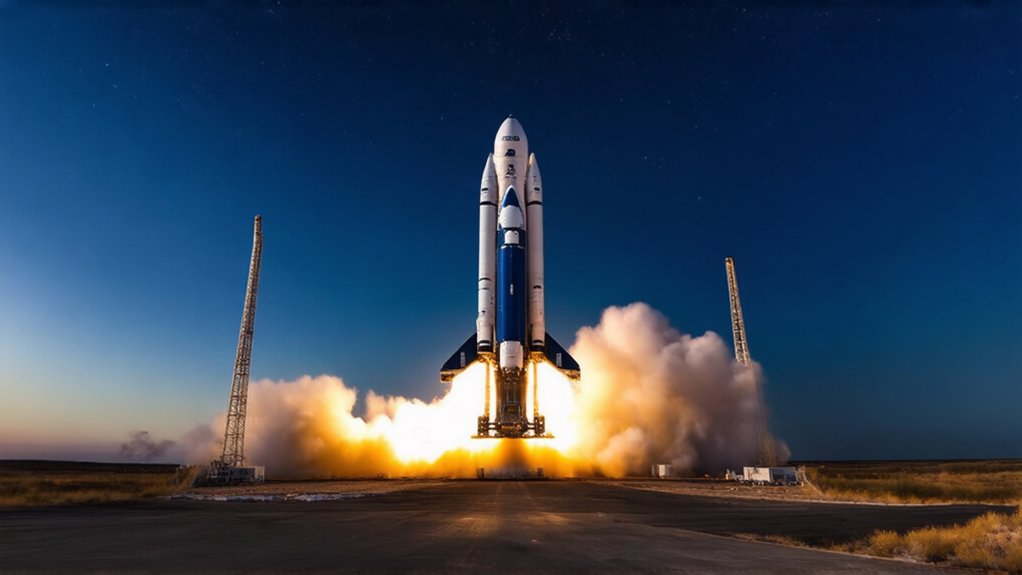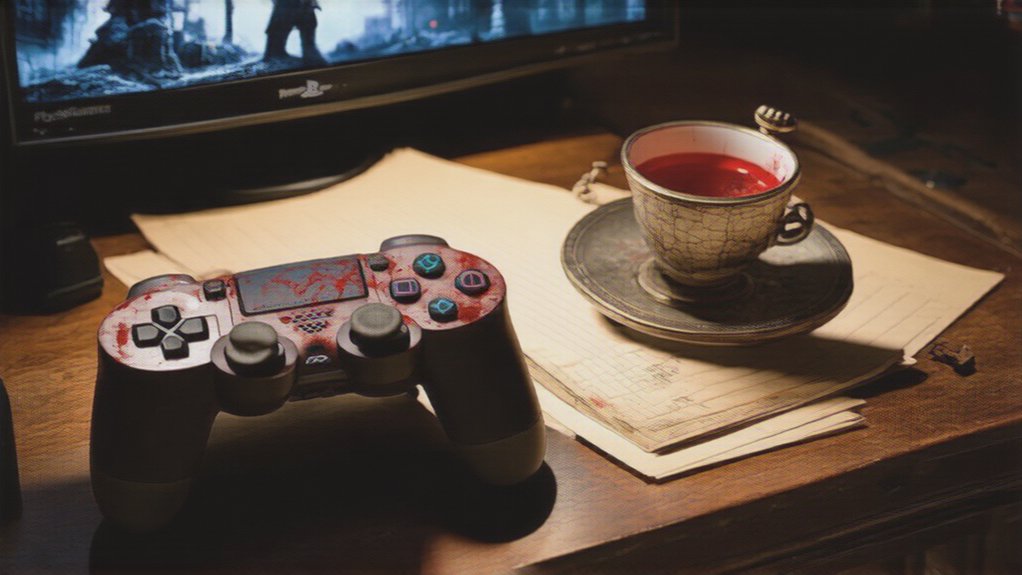Who knew that women would break the ultimate glass ceiling—the atmosphere itself? It’s been happening since 1963 when Valentina Tereshkova from the USSR became the first woman to venture into space. Talk about making an entrance. She orbited Earth 48 times during her Vostok 6 mission and remains the only woman to complete a solo space mission. Not bad for someone selected partly because of her parachuting experience.
Twenty years passed before America caught up. Sally Ride blasted off on June 18, 1983, becoming the third woman in space overall but the first American woman. She wasn’t alone in breaking barriers. Judith Resnik followed as the second American woman in space before tragically perishing in the Challenger disaster.
Women kept pushing boundaries. Spacewalks? Conquered. Svetlana Savitskaya, the second woman in space, performed the first female spacewalk in July 1984. American Kathryn Sullivan followed just months later.
And in 2019, Christina Koch and Jessica Meir conducted the first all-female spacewalk. This historic event involved the replacement of hardware on the International Space Station. Finally.
The commander’s seat didn’t stay male-exclusive either. Eileen Collins shattered that barrier, first as a shuttle pilot in 1995, then as commander in 1999. Space station command? Peggy Whitson handled that—twice.
Diversity in space exploration expanded too. Mae Jemison became the first African American woman in space in 1992. Ellen Ochoa, Kalpana Chawla, Chiaki Mukai, and Roberta Bondar represented Hispanic, Indian, Japanese, and Canadian women respectively. Nicole Aunapu Mann made history as the first Native American woman in space.
The records kept falling. Susan Helms co-holds the record for longest spacewalk. Christina Koch endured 328 days in space—the longest single spaceflight by a woman. Peggy Whitson accumulated 675 days over multiple missions.
Behind the scenes, brilliant minds like Katherine Johnson calculated trajectories that made missions possible. Margaret Hamilton led Apollo guidance computer programming.
These trailblazers proved that space exploration isn’t just a boys’ club. Never was, really.




